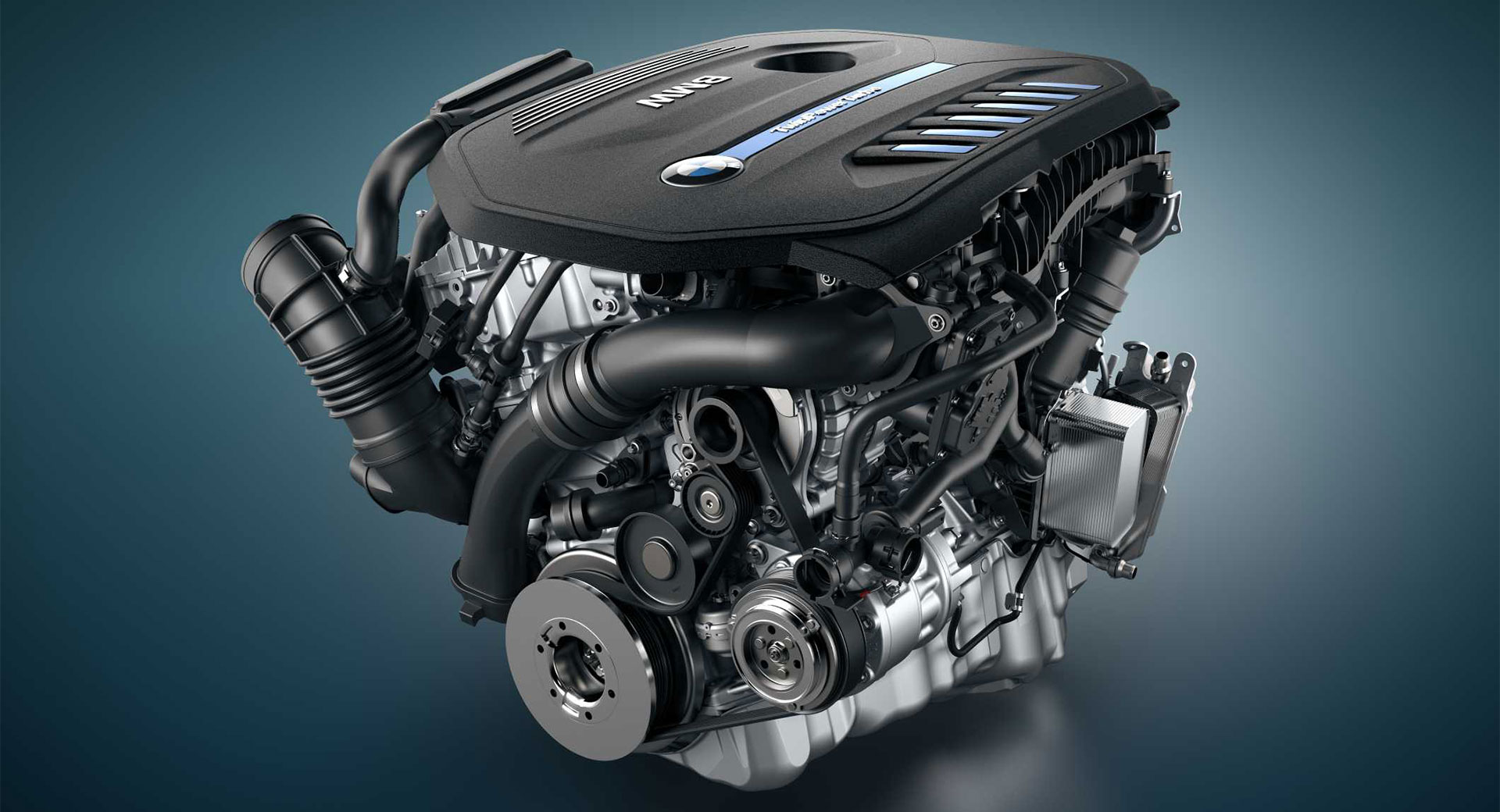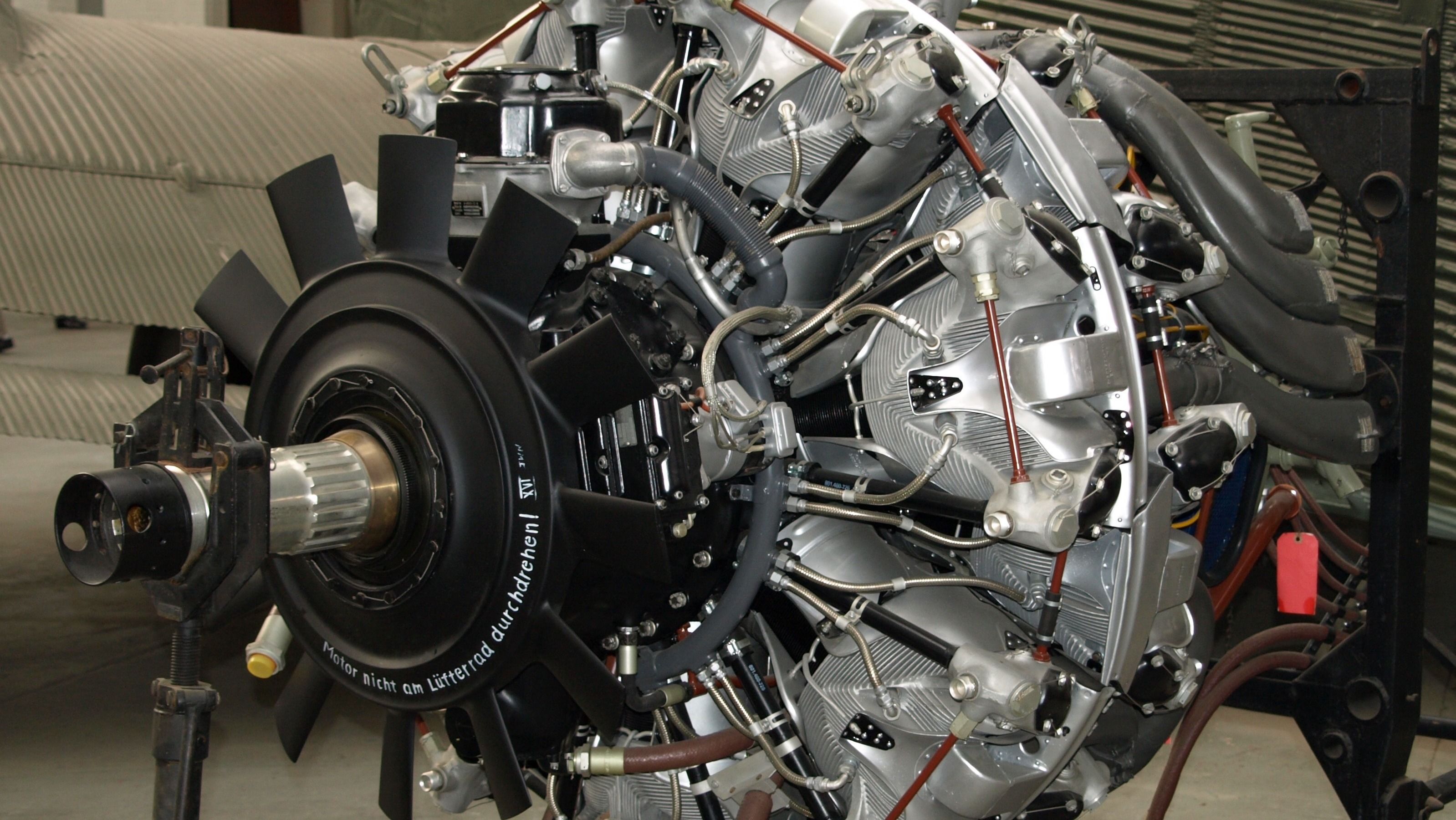Common Problems Faced by BMW Engine Owners and Just How to Resolve Them
Common Problems Faced by BMW Engine Owners and Just How to Resolve Them
Blog Article
Exploring the Development of Combustion Engines in Modern Transportation Systems
As we navigate the landscape of contemporary transportation, the development of combustion engines stands as a testimony to human ingenuity and engineering prowess. The interplay of background, technology, and ecological problems in shaping the trajectory of combustion engines develops a narrative that is both insightful and compelling.
Early Beginnings of Combustion Engines
Just how did the principle of burning engines initial emerge in the early phases of transport growth? The roots of combustion engines can be traced back to the 17th century when the concepts of internal burning were initial checked out.
The development moment came with the creation of the first successful gasoline-powered engine by Karl Benz in 1885 - bmw engine. This engine led the method for the development of the modern-day automobile, revolutionizing transportation systems worldwide. Succeeding innovations by Nikolaus Otto and Gottlieb Daimler further refined combustion engine technology, causing the automation of automobiles and the quick development of the transportation market
These early combustion engines were identified by their simpleness and efficiency, laying the structure for the facility and powerful engines utilized in modern-day transport systems. The development of combustion engines has been important in forming the way we take a trip and move products, marking a significant milestone in the history of transport advancement.
Shift to Internal Combustion Modern Technology
The change to interior burning technology noted a crucial change in the advancement of transportation systems. This shift began in the late 19th century, with creators like Nikolaus Otto and Gottlieb Daimler establishing the first effective interior burning engines. These engines revolutionized transportation by providing a much more reliable and effective alternative to vapor engines and electrical motors.
One of the crucial advantages of inner burning engines was their ability to be reduced to fit into vehicles, leading to the advancement of motorbikes and automobiles. This shift from cumbersome, fixed engines to compact, mobile ones led the way for the modern-day transportation systems we see today.
The change to interior combustion modern technology likewise spurred innovations in fuel innovation, resulting in the growth of gasoline and diesel as primary fuel resources for vehicles. This change not only made transport extra obtainable to the masses yet likewise laid the foundation for the oil and gas industry to end up being essential to global economic situations.
Effect of Combustion Engines on Transport
The adoption of combustion engines in transport systems catalyzed an extensive shift in the efficiency and speed of international mobility. Burning engines transformed transport by providing a trustworthy and flexible resource of power for various vehicles, including cars and trucks, ships, aircrafts, and trucks. This advancement dramatically boosted the capability for people and products to conform fars away in much shorter time structures, bring about enhanced connectivity between areas and countries.
In addition, the widespread use of burning engines has had a significant effect on economic growth. The capability to transfer products successfully has spurred profession and business, permitting services to increase their markets and get to customers worldwide. This has actually helped with economic growth and globalization, as products can now be carried much faster and in larger quantities than ever in the past.
However, the ecological impact of combustion engines can not be a fantastic read forgotten. The combustion of fossil fuels has actually led to air pollution and greenhouse gas exhausts, adding to environment adjustment and positioning health dangers to populations. bmw engine. Because of this, there is an expanding focus on establishing alternative propulsion modern technologies to alleviate these negative results and create a more lasting future for transport
Technologies in Burning Engine Design
Numerous improvements in burning engine layout have actually thrust the development of transportation systems over the decades. One significant technology is the advancement of turbocharged engines, which utilize exhaust gases to drive a turbine that compresses inbound air, enabling even more gas to be burnt, leading to boosted power output without a significant increase in engine size. Furthermore, straight shot modern technology has enhanced fuel efficiency and performance by specifically managing the amount and timing of gas infused right into the burning chamber. Variable shutoff timing systems have also changed engine layout by maximizing airflow at various engine rates, improving both power and efficiency. An additional considerable advancement is the combination of lightweight products such as carbon fiber and aluminum alloys, minimizing overall engine weight and boosting automobile gas economic climate. In addition, advancements in computer-aided design have actually enabled engineers to enhance engine efficiency and performance via simulations prior to physical prototypes are built, conserving time and resources in the advancement process. These technologies jointly add to the continual enhancement of burning engines in modern transportation systems.
Future Patterns in Burning Engine Development
With technology developments driving constant innovation, the future of burning engine development is poised to revolutionize transportation systems around the world. One of the vital patterns in burning engine advancement is the push towards greater performance and lowered exhausts.
An additional famous pattern is the fostering of hybrid modern technologies in combustion engines. Crossbreed engines incorporate browse around this web-site typical combustion technology with electric power, providing boosted fuel effectiveness and reduced discharges. As the automobile sector changes in the direction of electrification, hybrid burning engines are seen as a transitional option that connects the read the article void in between standard automobiles and totally electric ones.
In addition, the integration of wise modern technologies, such as fabricated knowledge and information analytics, is expected to play a considerable function in the future of combustion engine growth. These technologies can optimize engine performance in real-time, bring about a lot more reliable burning processes and enhanced total lorry performance. Embracing these future fads will not just drive advancement in combustion engine growth but also add to a more environmentally friendly and lasting transportation ecosystem.

Conclusion
In conclusion, the advancement of burning engines in contemporary transport systems has been noted by substantial improvements in innovation and design. From the very early starts of burning engines to the change to interior combustion innovation, these engines have actually had a profound influence on transportation.
The roots of combustion engines can be mapped back to the 17th century when the concepts of internal burning were very first explored. These engines revolutionized transport by using a more powerful and effective option to steam engines and electric motors.

Report this page